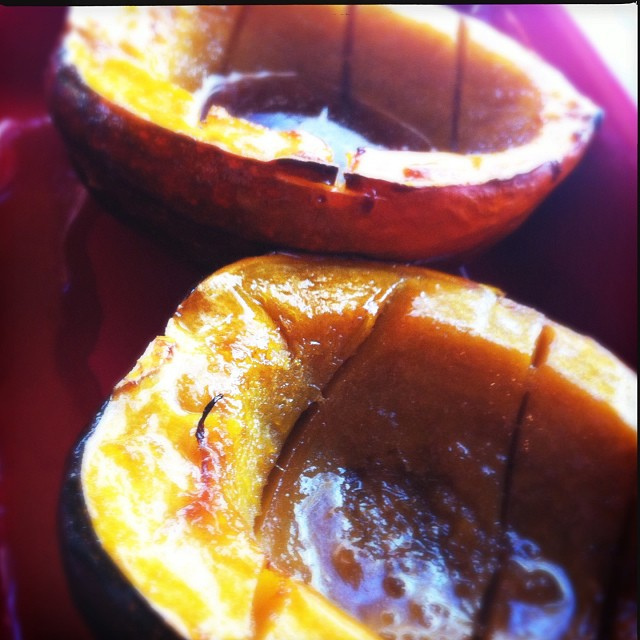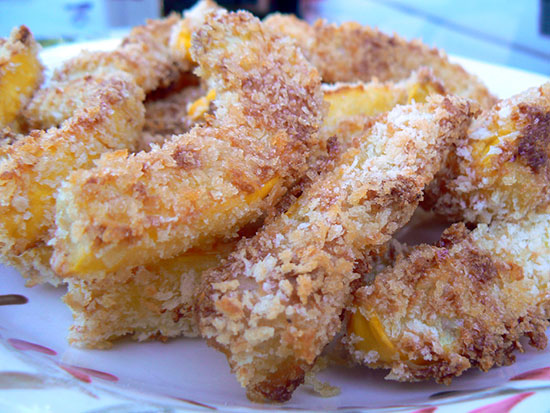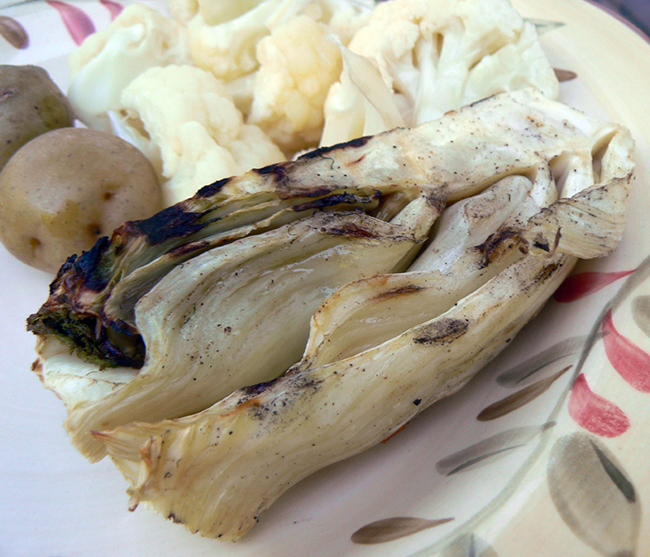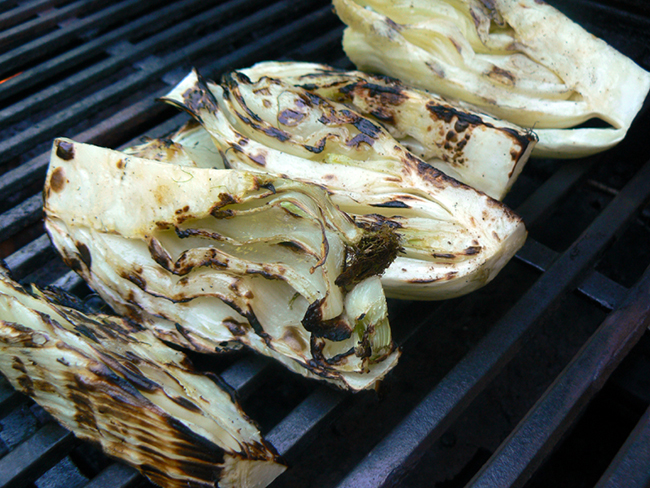One of the biggest challenges for any parents is to get their kids to eat vegetables. Any parent (or aunt like myself) can empathize with trying to convince, cajole, or downright force their child to eat at least one vegetable. But are we going about things the wrong way? While we can certainly agree that it’s never easy to introduce vegetables to our kids, especially if we’ve been trying for a long time, here are a few things to consider to make it a more palatable experience.
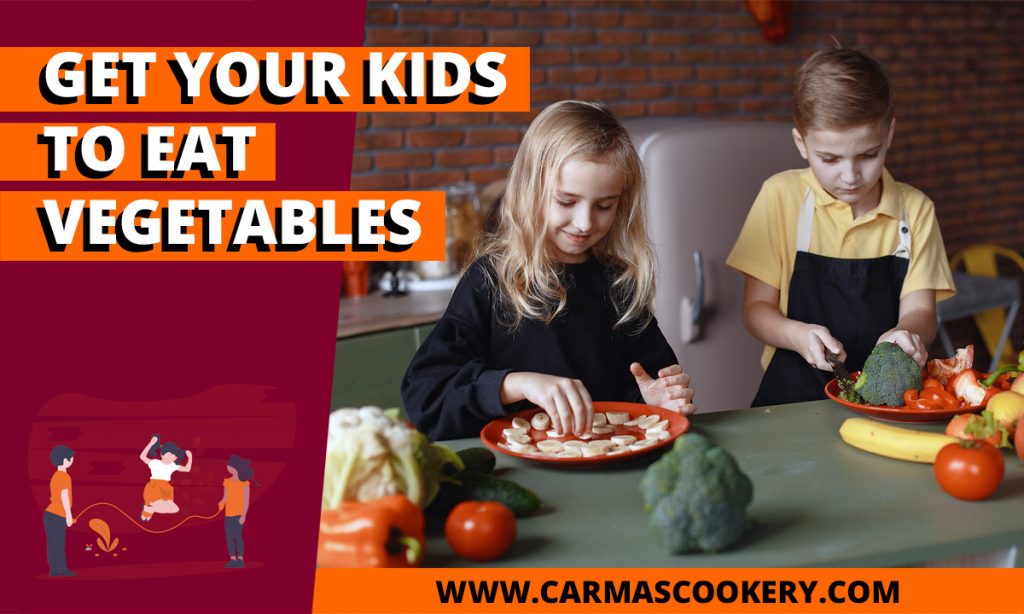
Focus on Texture
If your children do not like the way a vegetable feels, can you change the texture? Nowadays you can use one of the many top roasting pans to change the texture in the oven. When you start to crisp up carrots in the oven, rather than boiling them into mush, this could make all of the difference.
You can also change the texture by mixing different vegetables together. My mother got me to eat spinach by mixing it with rice and got me to eat carrots by mashing them into potatoes. These became two of my favorite childhood comfort foods!
Get Your Kids to Eat Vegetables by Making them “Interactive”
Vegetables don’t just have to be something lying on a plate. You can change how they work with meals. Something like vegetables dipped in hummus or salsa can completely change the flavor and make eating them fun.
Reconsider Your Flavorings
Seasoning vegetables is a crucial part of how you make them attractive. Think about dishes that are vegetable-based, but are covered in delicious butter and herbs. There are plenty of Italian dishes that use vegetables as the main ingredient but are drizzled in olive oil, seasonings, and butter. If you are concerned about butter being too high in fats or being unhealthy, it’s vital to remember that you should not fear the fat anymore.
Get Your Kids to Eat Vegetables by Turning them Into a Sauce
If your children really don’t get along with textures, one of the best ways is to cheat by blending vegetables into a fine sauce that can go with pasta. It is a big battle, but this is one of the best ways to get over the hurdle. You can always add vegetables into dishes that are already firm family favorites, such as tacos or spaghetti. A spaghetti bolognese with a pasta sauce made from a variety of vegetables but still tastes like tomato sauce is a very easy way to get more healthiness into your children’s lives.
Think About the Experience for the Kids
If your children just come to the dinner table and don’t like to look at the food, they aren’t going to appreciate it, so your children could help prepare it. If your children are more involved, they are more willing to sample their creations. When you prepare meals for your kids, they are not going to have that same appreciation.
Keep Trying to Get Your Kids to Eat Vegetables
While you may think family mealtimes struggle when your kids don’t eat any vegetables, and this can greatly override any sense of enjoyment, you must remember that it is not a short battle but can be a long war. Even if your kids are not eating vegetables now, you may worry about it, however, if they are healthier in other parts of their lives, you’ve got to look at it in the grand scheme of things.

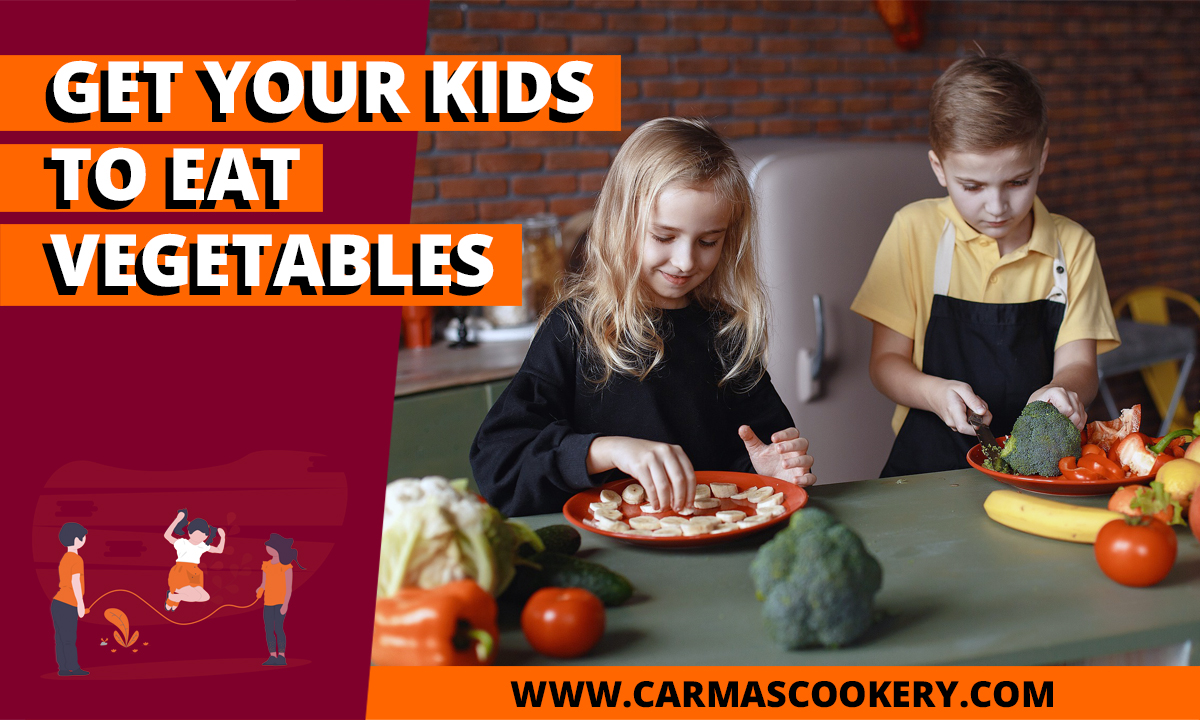
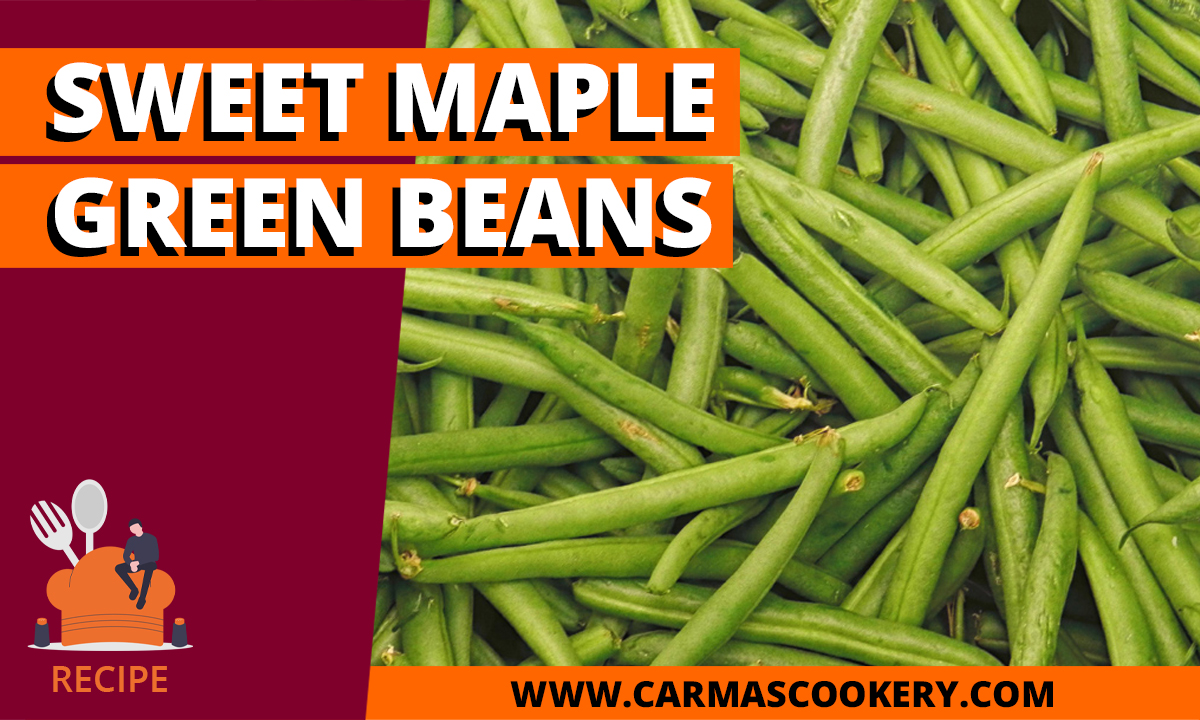
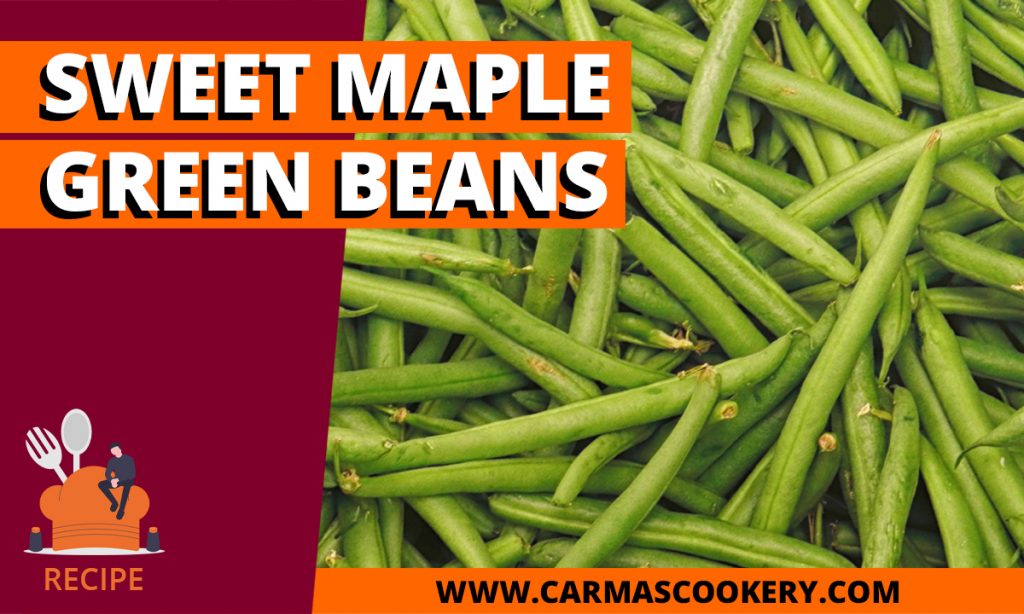



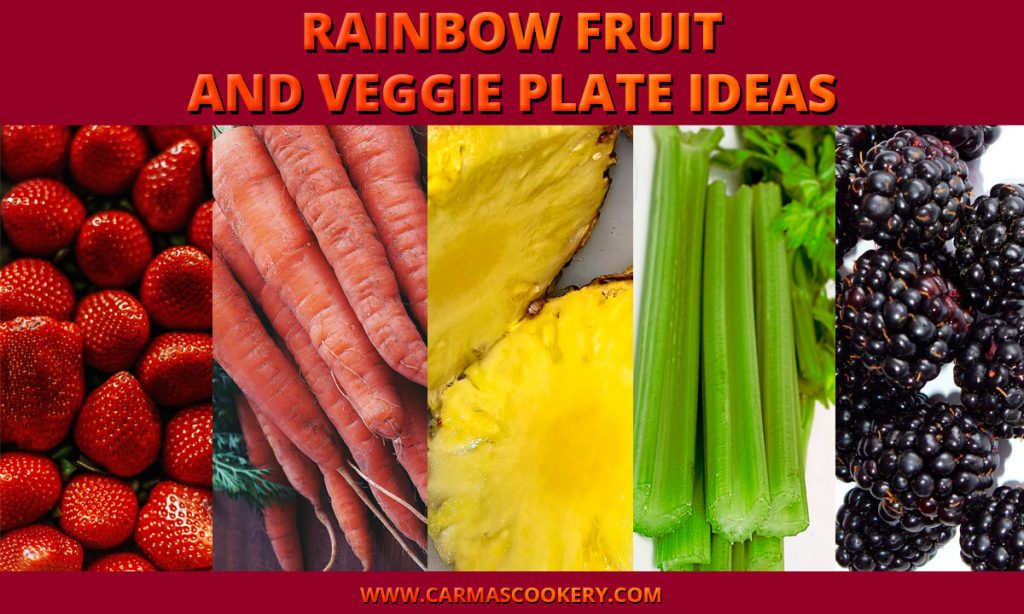
 [/one_half_last]
[/one_half_last] [/one_half_last]
[/one_half_last] [/one_half_last]
[/one_half_last] [/one_half_last]
[/one_half_last]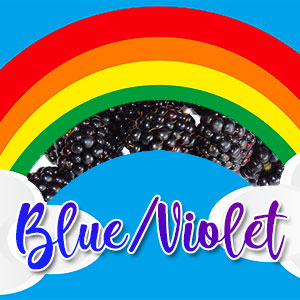 [/one_half_last]
[/one_half_last]
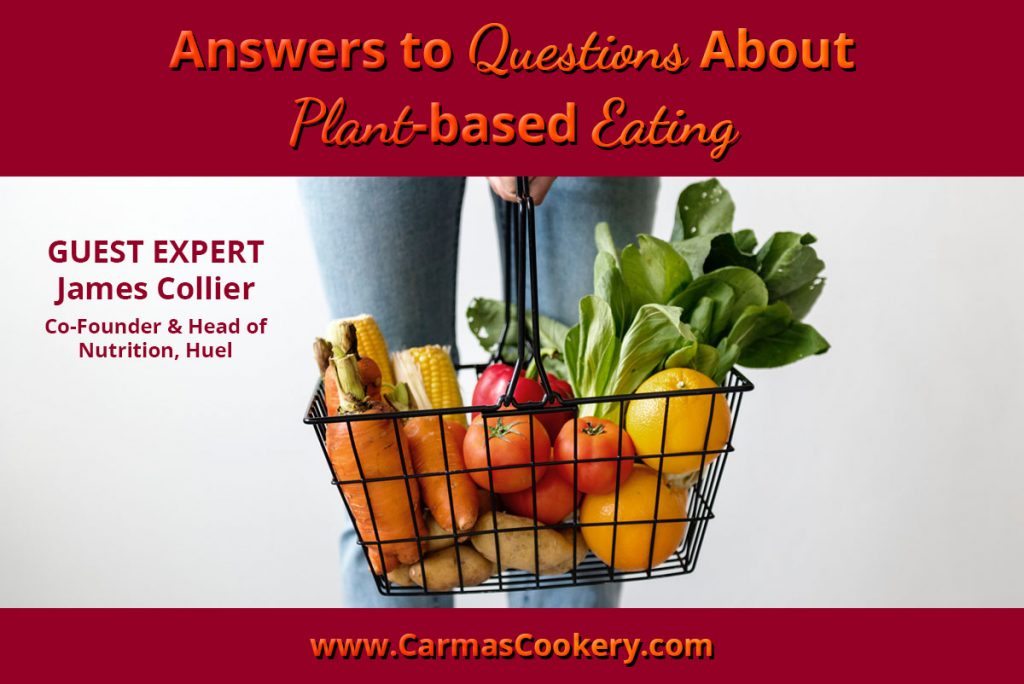
 James Collier is a Registered Nutritionist with 20 years of experience with the national health service in the UK. James is a renowned nutrition expert with over 25 years working in nutrition and dietetics. His experience also includes working in the NHS (UK) as a clinical dietitian covering an array of clinical areas.
James Collier is a Registered Nutritionist with 20 years of experience with the national health service in the UK. James is a renowned nutrition expert with over 25 years working in nutrition and dietetics. His experience also includes working in the NHS (UK) as a clinical dietitian covering an array of clinical areas. [/one_third]
[/one_third]
